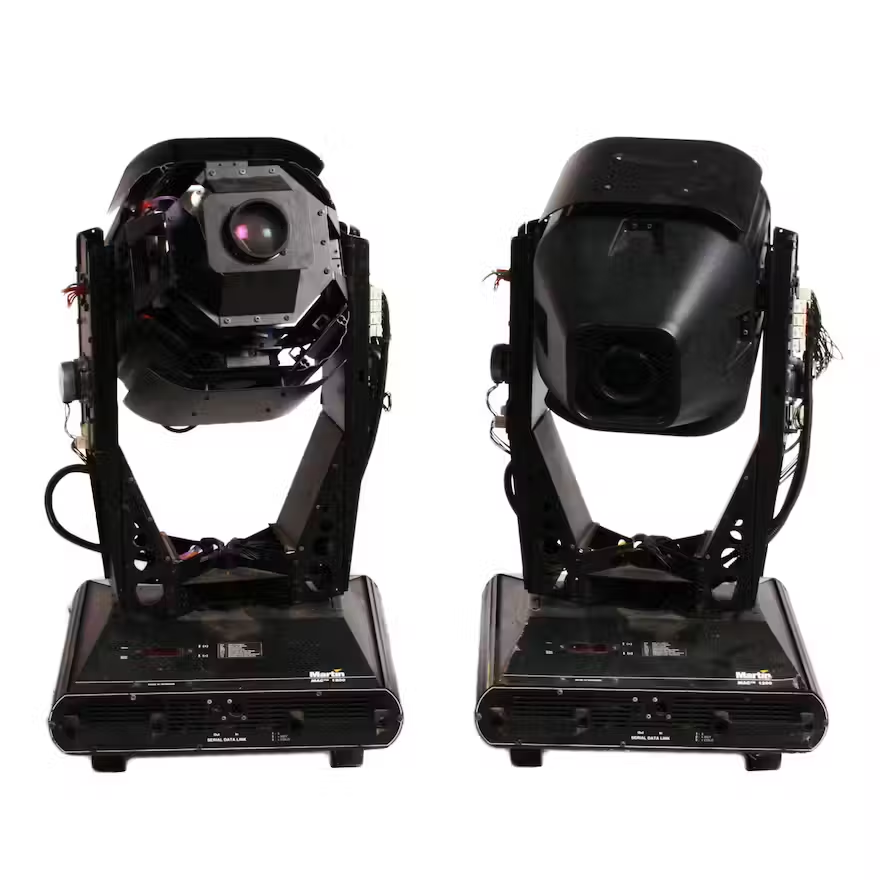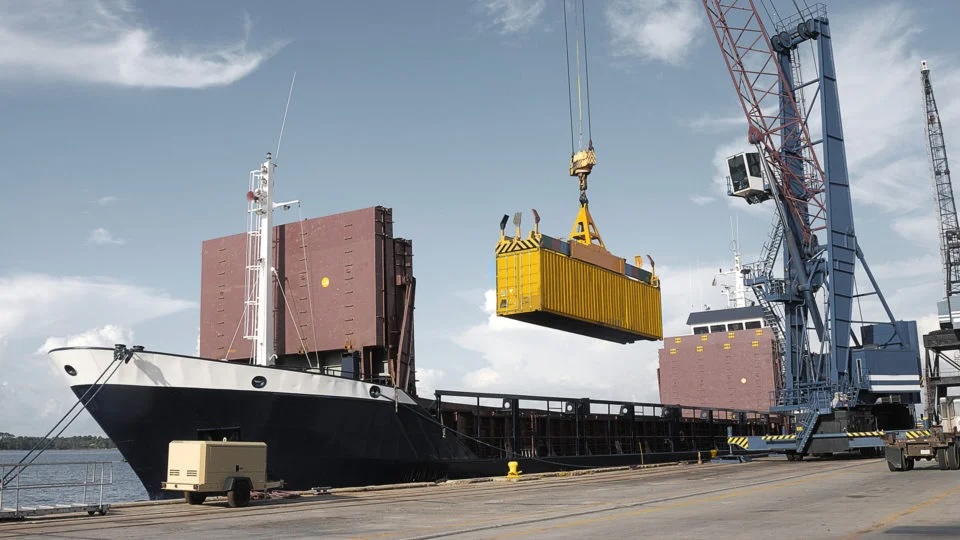Patience Isn’t Always A Virtue…

Recently, I met (IN PERSON!!) with a large rental company, and walked through their 100,000 ft shop. I was well impressed by the business they’d grown, their innovation to keep the business relevant during COVID, and the obvious dedication of their staff.
At the same time, I was concerned by what I would call the “moving light museum” they’d been procuring. While there was a time when hanging on to inventory was likely survivable, I don’t believe now is that time. Why?
- I’ve said it before – that stuff covering your floors is your most valuable asset. Repurpose those dollars today, while it counts.
- There won’t be a shortage of new gear as the skies return to blue. Why? Well, for one – manufacturers have not stopped building, and they have a ton of inventory of their own. You think they want to sit on that?
- Manufacturers also have not stopped innovating. If you think the models that were current in 2019 (just before the lights were shut off on our industry) will remain current by the end of 2021, you may be wrong. Each of these manufacturers – even those who do not build their own lights – will have new models to share with you when the sun returns. If they don’t – others will, and they lose.
Certainly this particular company wasn’t as bad as many (some folks still rent cyberlights!!) but enough to be concerned for this investment in their single largest asset. Anyone remember these?

We discussed a particular manufacturer and I said “I’m sure you know that company is about to launch a significant new line of fixtures, essentially completely replacing their best existing products”. He confirmed that yes he was aware. I asked how many of one particular (popular) outgoing model he had in his inventory and he replied “more than 500”. Finally, I asked if he had a disposal plan in motion – considering the new product launch was imminent. His response was “well, this is still a decent product… I think we’ll be okay to rent it for a while”.
Unfortunately, this is an all too common story. Companies often respond after new products have already got market strongholds – while both pricing and demand for legacy products decline at rapid rates. Sometimes even leaving you without options, forcing you to “dump them” into foreign markets who may not be able to afford the new stuff.
When you buy a new car, do you collect old ones in your driveway, cuz they’re “still running”, or do you trade in, or even sell privately prior to picking up the replacement? When a car company comes out with a new model with new features, or style changes – the prior model price drops significantly. Lights are even worse – because of specifications driven by designers wanting the latest gadgets. Many will insist on latest products and feature sets unavailable in legacy products.
Certainly, on one hand, this spec issue won’t be the same in the near future. Due to covid, companies will have reduced or non existent cap ex and will exceedingly demand that clients take what they have. But this too will shift as companies are enticed by pricing or lengthy payment terms, and take the plunge on new stock from manufactures. And oftentimes, those companies will win jobs, simply because they have the new gear that designers or clients really want or need.
Regardless of exactly how the timing shakes out, you don’t want to wait too long. There’s a definite curve and some predictability to all of this. The curve sharpens into a cliff over time and a light that was recently worth as much as $5000 on the used market is suddenly selling for $750 (think VL3000 for example).
The moral of this story is simple. Every company should have a schedule and plan for disposal of products. A long time ago, I remember the Bash Lighting model was 2 years. When a product was 2 years old, it was sold on the used market. People thought they were crazy – selling off the hottest rental light in the world, the High End Cyberlight, yet each time they sold one, they replaced it with a new one. This had a couple of effects.
- It allowed them to replace it with a new one – eliminating some of the age problems with a high power moving light or (inevitably) if High End had a hardware update.
- It allowed them to buy something different, if the market was shifting to a new product.
Planning for a sale of your used gear ahead of time will certainly bring you higher returns, while also keeping your inventory fresh – and not littered with $200 museum pieces that once cost you $10,000.

